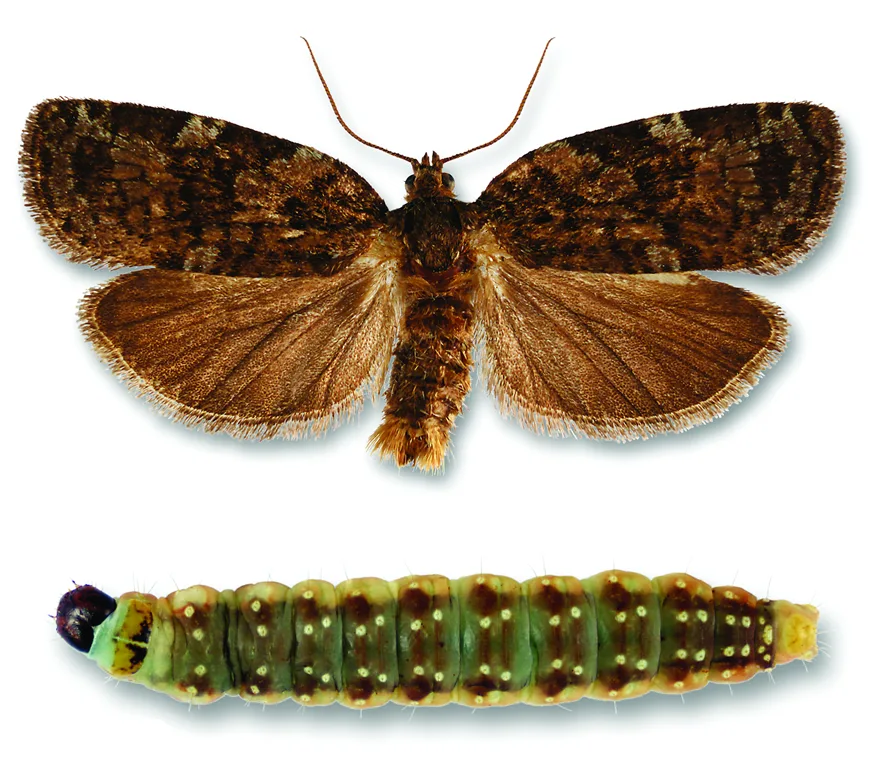
The spruce budworm poses a big threat to Canadian forests
Though native to North America, the spruce budworm can cause big problems when populations get too large.
The spruce budworm is a moth species known for its destructive nature. While native to North America and parts of Europe, it has quickly become a menace in Canada’s coniferous forests, with caterpillars that can swiftly destroy vast areas of trees, leaving the forest vulnerable to pests, diseases, and extreme weather events.
As caterpillars, the budworm feasts on balsam fir and spruce, sparing no needle and eventually killing the tree. Budworm epidemics occur every 30 to 35 years, with each epidemic lasting 15 to 20 years in the same sector. This leaves the trees no time to recover, and deforestation begins to occur after about four years.
During an extensive outbreak in the 1970s and 1980s, the spruce budworm destroyed more than 50 million hectares in eastern Canada.
Quebec is in the midst of an outbreak, originating on the north shore of the St. Lawrence River in 2006. More than 9.6 million hectares of forest had suffered moderate to severe defoliation by 2019, according to the Government of Canada.
During a normal season, when population numbers are under control, The spruce budworm plays a vital ecological role, rejuvenating old-growth forests and creating diverse habitats for countless species.
Taming the spruce budworm
Officials rely on citizen scientists to monitor and report budworm populations to better forecast epidemics.
The best way to control the moth is to monitor the population and use chemical treatments when necessary. Sometimes biological agents are used - like the Spruce Budworm Parasitoid, a tiny wasp that feeds on the larvae.
Intervention strategies to determine how the budworm lives and responds to changes in the forest environment are also in play. DNA barcoding is used to better understand the spruce budworm food complex and provide insight into improved outbreak management strategies.
Scientists are also turning to First Nations communities for tips on how to subdue spruce budworm populations.
"We're looking to speak with elders who may have lived through the past outbreaks or looking to speak with individuals who still use the land for traditional use or employment purposes today," Rory MacNeil, Spruce budworm project coordinator for the Unama'ki Institute of National Resources, told the CBC in 2022. The group is in the process of setting up interviews with individuals from these communities province-wide.
VIDEO: What to do about the weed that's 'every gardener's nightmare'
Thumbnail image: Natural Resources Canada.






